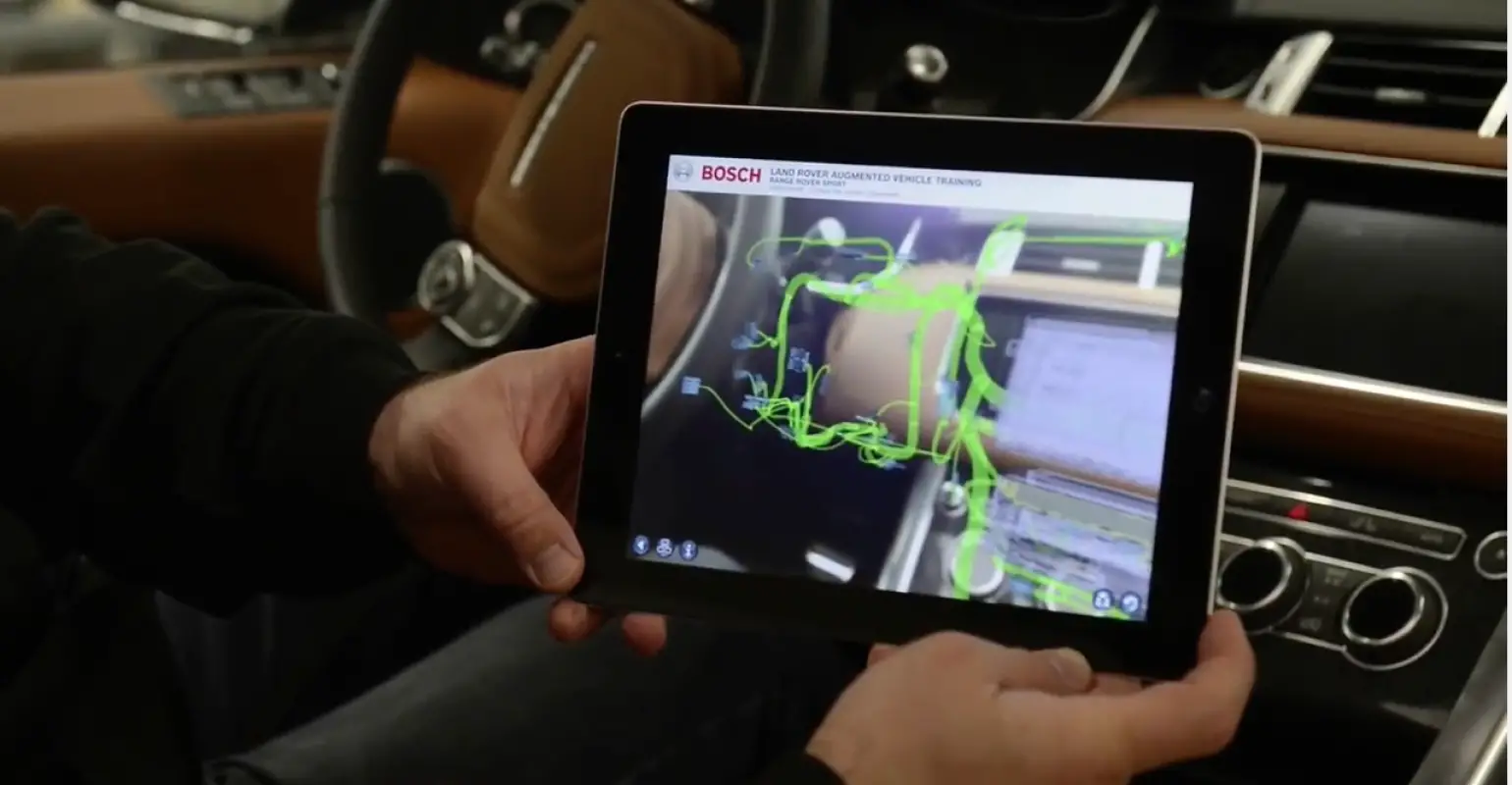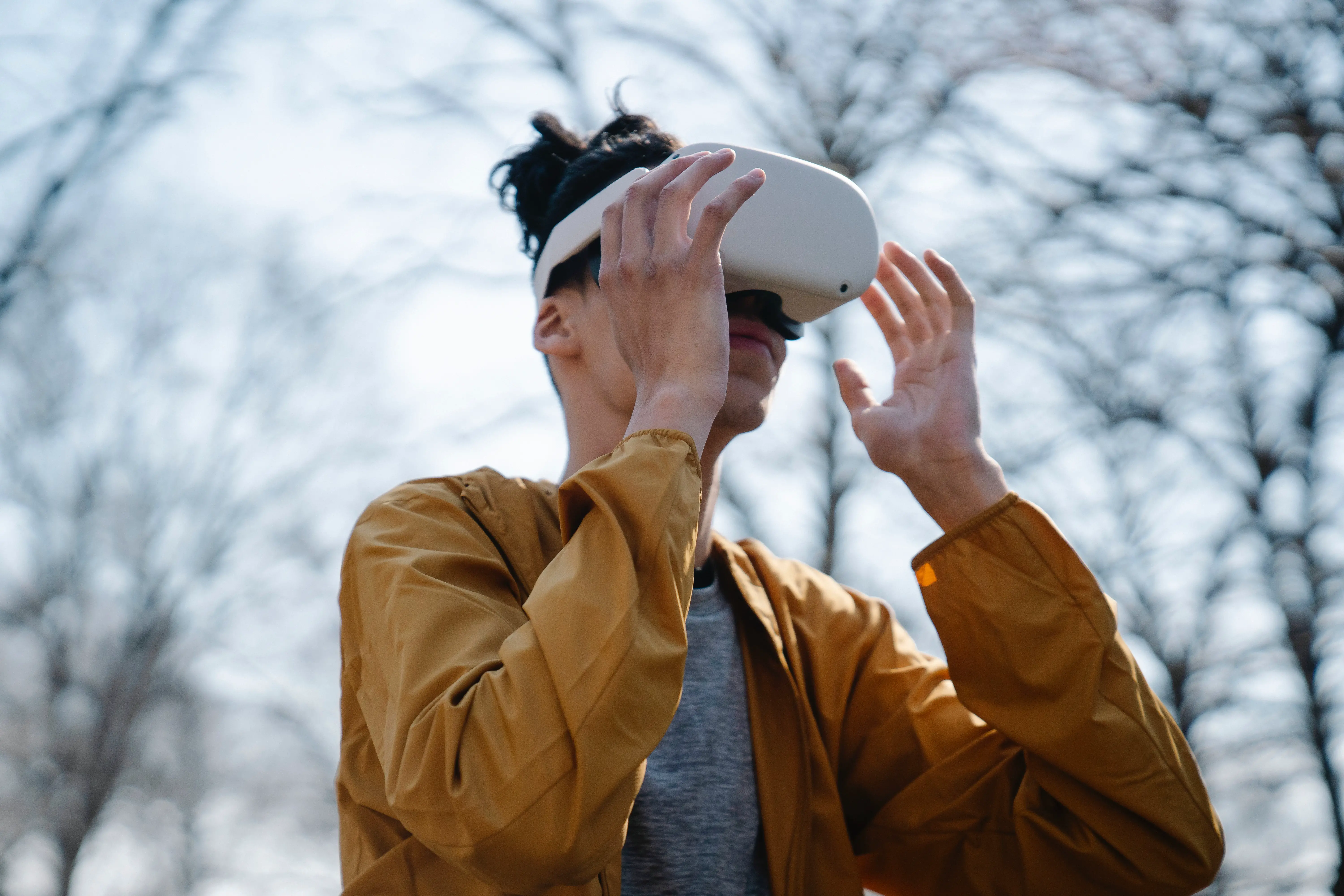An Augmented Reality is a software app that puts together digital visual content (and sometimes audio and other types) into the user’s real-world environment. Augmented Reality software is used for training and work and in consumer applications in many industries, including the healthcare industry, public safety, gas and oil, tourism, and marketing.
What is AR SDK?
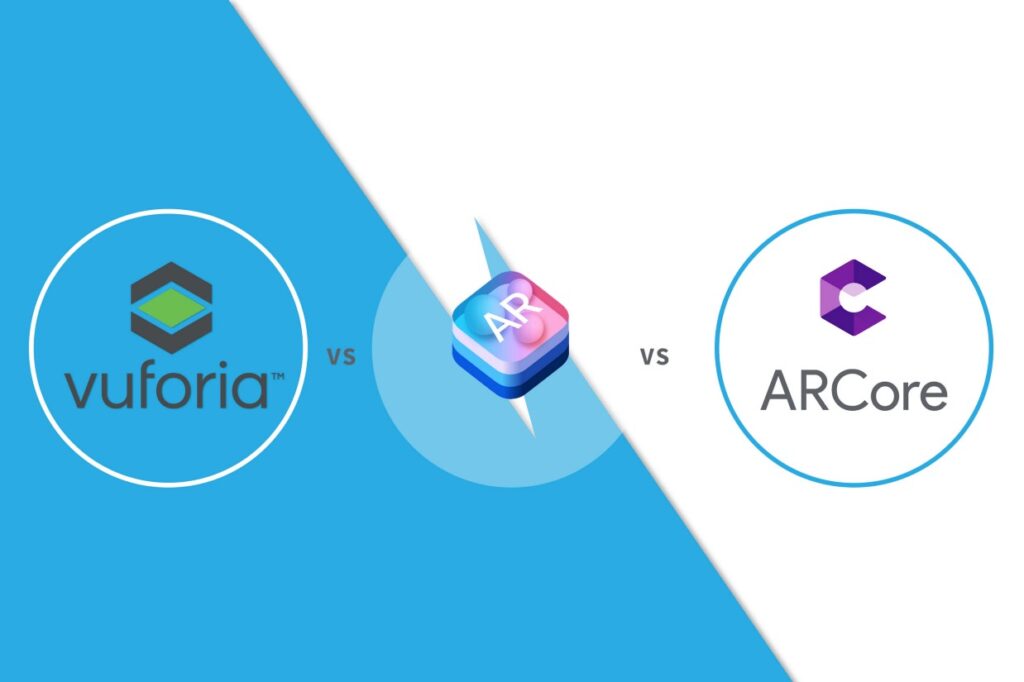
AR SDK is a kind of augmented reality software, and it simply stands for Software Developer Kit and is a bundle of programs and software used to develop other software.
The main objective of SDKs is that they allow developers to apply some certain typical and time-tested solutions and shortcuts in development, instead of solving all generic and typical difficulties individually and spending more time on them. Augmented reality simulation is no easy matter, and creating it requires the proper tools.
To choose an AR SDK (software development kit), the most vital criteria to consider are: cost, supported platforms, image recognition, tracking support, Unity support, GPS, and also OpenSceneGraph support.
Here We’ll examine five tools for AR creation that are popular and valued in the AR development community.
Top 5 Augmented Reality Software Development Tools
1. Vuforia
Vuforia is an augmented reality SDK that sits near the top of most “Top Augmented Reality application” list development that has a broad set of features. Vuforia augmented reality SDK:
- Allows you to create a 3D geometric map of any environment using its Smart terrain feature
- Provides a Unity Plugin.
- Turns static images into a full-motion video that can be played directly on a target surface.
- Recognizes multiple objects including cylinders, toys, and boxes as well as images.
2. Apple ARKit

With iOS11, Apple now introduced its ARKit, which was announced during Apple’s Worldwide Developers Conference in June 2017. Here are some features of Apple’s augmented reality SDK for iOS:
- Detecting 2D objects and allows developers to interact with them.
- Detecting horizontal planes like tables and floors, vertical and irregularly shaped surfaces.
- Visual Inertial Odometry (VIO) allows you to track the environment accurately without any additional calibration.
- Integration with third-party tools like Unreal Engine and Unity
3. ARToolKit
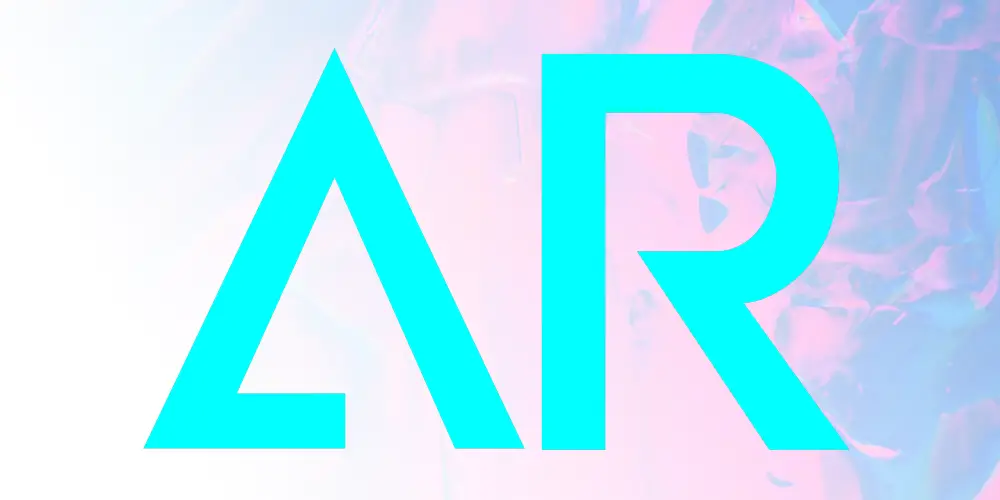
ARToolKit is an open-source tool to develop augmented reality applications. Even though it’s a free library, it gives a reasonably rich set of features for tracking, including
- Integration with smart glasses.
- Multiple Languages Supported
- Automatic camera calibration.
- OpenSceneGraph and Unity3D Support.
- GPS together with compasses supports the creation of location-based AR apps.
4. ARCore
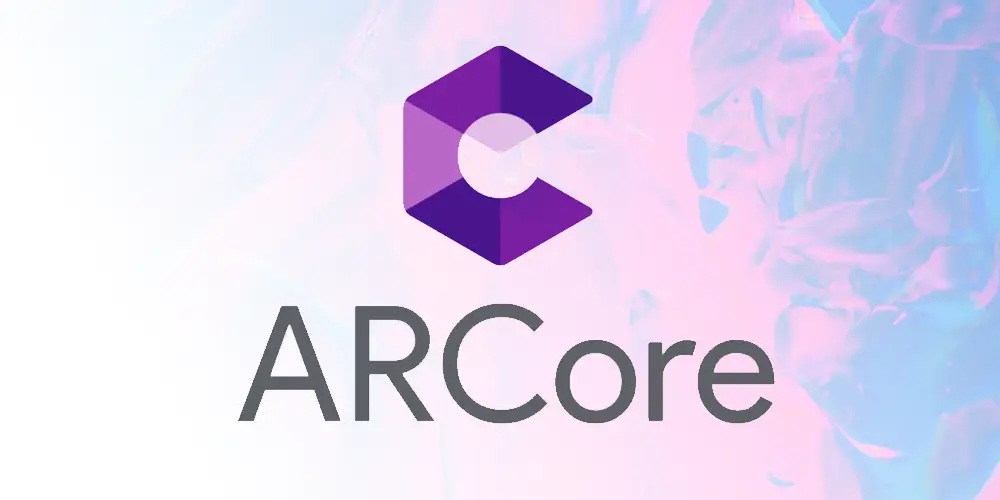
With over two million Android active users, Google could not ignore the chance to allow developers to create AR apps on this operating system. That’s how Google ARCore appeared.
This toolkit works with Unity, and Unreal, Java/OpenGL. It provides features such as:
- Light estimation. This technology allows your app to adjust the lighting of the environment and to light virtual objects so they look realistic within the surrounding space. With the support of smart light tracking, developers can now create very realistic objects.
*Environmental understanding. Due to the probability of detecting horizontal surfaces, you can position virtual objects on tables or the floor. This feature can be also used for motion tracking. - Motion tracking. ARCore can assume the position and orientation of the device using the camera and spot the feature points in the room. That allows you to place virtual objects accurately.
5. Wikitude

Wikitude has recently just introduced its SDK7, including authorization for simultaneous localization and Mapping. The tool provides currently the following features:
- Location-based services.
- Smart glasses integration.
- Integration with external plugins, including
- 3D recognition and tracking.
- Image recognition and tracking.
Click here to read more articles and our point of views
Follow us on LinkedIn
Read other Articles

